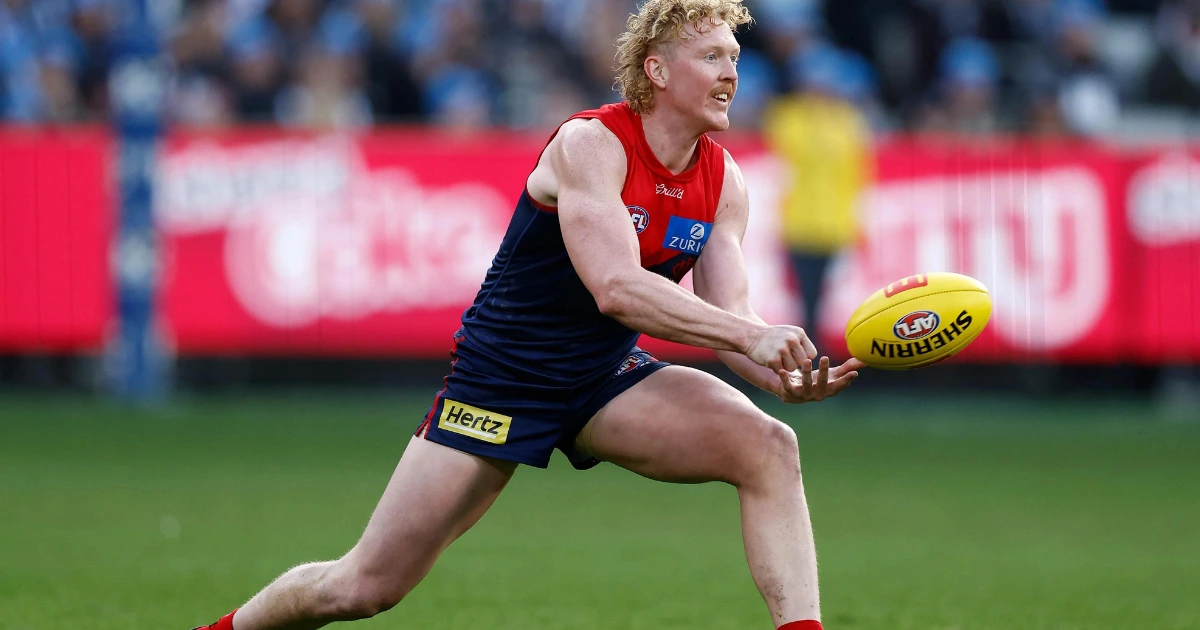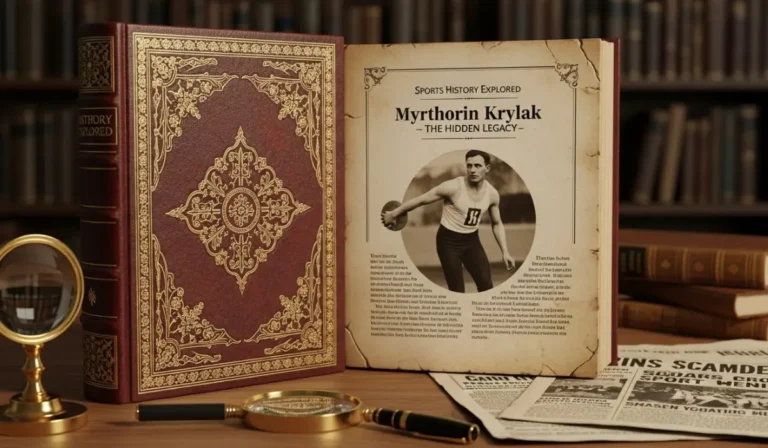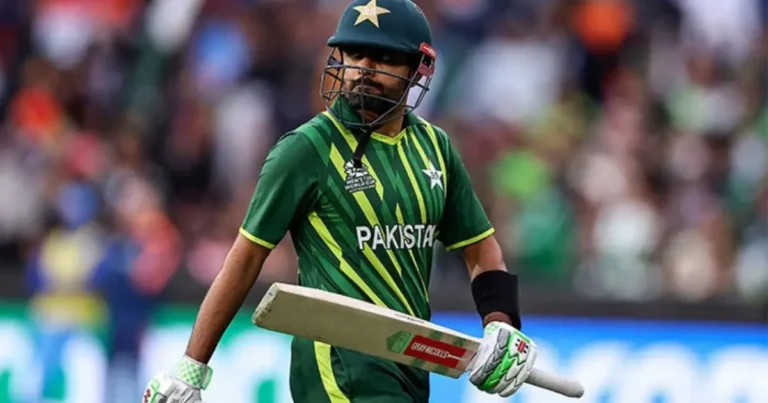
Clayton Oliver has long been the heartbeat of the Melbourne Demons. With his relentless drive, quick hands, and fierce competitiveness, he’s been a midfield general capable of turning games with pure willpower. But the past few seasons have been anything but smooth sailing for the AFL star. Between ongoing injuries, personal challenges, and unrelenting media attention, Oliver has faced one of the toughest chapters of his professional career.
Now, as Melbourne eyes a return to dominance, Oliver stands at a crossroads—balancing recovery, resilience, and redemption. What’s going on inside the mind of Melbourne’s midfield machine, and what lies ahead for one of the AFL’s most talented yet tested players?
Clayton Oliver: A Champion’s Foundation
Born on July 22, 1997, in Echuca, Victoria, Clayton Michael Oliver was never destined for mediocrity. From his early days with the Murray Bushrangers, he showcased an instinctive understanding of the game—a mix of spatial awareness, precision handballing, and fearlessness at the contest.
Drafted at pick No. 4 in the 2015 AFL National Draft, Oliver quickly made an impression at Melbourne. Within just a few seasons, he evolved from a promising prospect to an indispensable star. His combination of strength, endurance, and elite decision-making made him one of the league’s most consistent performers.
By 2021, Oliver had cemented himself as a premiership hero, helping Melbourne secure its first AFL title in 57 years. Add to that multiple Best and Fairest awards, All-Australian selections, and the admiration of fans and peers alike, and you’ve got one of the modern game’s finest midfielders.
But success, as always, carries expectations—and those expectations can become heavy.
The Challenge: Injuries, Setbacks, and Scrutiny
Hamstring havoc and physical toll
Over the past two years, Oliver’s greatest opponent hasn’t been an opposition midfielder—it’s been his own body. Persistent hamstring injuries, particularly those involving tendon attachment and deep muscle strain, have interrupted his rhythm.
Rehabilitation periods became longer and more complex, with medical staff cautious about rushing him back. In 2024, reports suggested his recovery required complete resets in his running mechanics. Every sprint, every turn, became a test of both his endurance and his patience.
Yet, despite setbacks, Oliver refused to lose hope. He continued to train privately, working on strengthening the areas around his injuries, gradually building back the foundation that made him one of the game’s most durable athletes.
Wellbeing breaks and mental strength
Physical injuries weren’t the only battle. In early 2024, Oliver took personal leave from Melbourne to focus on his mental health and wellbeing. For an athlete known for his grit and professionalism, stepping back wasn’t easy.
The AFL community, fans, and media had their opinions, but Oliver’s decision was praised by teammates and coach Simon Goodwin, who emphasized the club’s commitment to player welfare. “Clayton’s a person first, footballer second,” Goodwin said in an interview, highlighting the importance of balance and perspective.
Taking time away gave Oliver the clarity and space to focus on what really mattered—his health, happiness, and readiness to return stronger.
Clayton Oliver and the Media Storm
When a star player struggles, the noise grows. Oliver’s story became front-page news, with speculation about his fitness, form, and even his future at Melbourne.
Trade rumors circulated—some suggesting that rival clubs were circling, hoping to lure him away from the Demons. But those whispers never solidified. Melbourne remained firm: Oliver was staying put, contracted through 2030.
Still, media commentary can sting, and the scrutiny tested Oliver’s resilience. Critics questioned his conditioning, his training habits, and even his mindset. Yet behind the headlines, those closest to him insisted he was doing the work—silently rebuilding, determined to let his actions speak louder than any article.
Signs of Revival: The 2025 Turnaround
By early 2025, glimpses of the old Clayton Oliver began to reappear. During pre-season training, he moved freely, hit contests with energy, and delivered the kind of crisp ball movement that once made him elite.
In practice matches, his contested possessions and clearance numbers returned to impressive levels. Teammates noticed his renewed focus. Fans began to believe again.
Coach Simon Goodwin praised his commitment, calling his attitude “exceptional” and describing him as “as driven as ever.” Melbourne’s internal environment—supportive, transparent, and focused on player health—seemed to provide the foundation for Oliver’s steady resurgence.
Clayton Oliver: Adapting His Game
Every great athlete eventually evolves. Oliver’s playing style, once built around relentless inside work and brute force, is shifting subtly.
Smarter, not harder
With age and injury experience, Oliver’s game now relies more on positioning and anticipation than endless physical collisions. His handballing remains elite, but he’s also focusing on creating space, linking up play, and setting up teammates rather than absorbing every hit himself.
Embracing leadership
While not the loudest voice in the locker room, Oliver’s experience and resilience speak volumes. Younger players at Melbourne—like Tom Sparrow and Kysaiah Pickett—often credit him for his guidance on game preparation and mindset.
Being open about challenges has made him more relatable, transforming him from just a star player into a mentor figure within the club.
Inside Melbourne’s Engine Room
Melbourne’s midfield is stacked with talent: Christian Petracca, Jack Viney, Angus Brayshaw, and Oliver himself form one of the most dynamic groups in the league. But Oliver’s specific skill set remains irreplaceable.
His ability to win contested ball, apply defensive pressure, and set up transition play makes him the glue that holds the midfield structure together. Even in games where his stats don’t dominate, his presence commands attention—drawing defenders, freeing teammates, and maintaining balance in stoppage situations.
Simply put, when Clayton Oliver plays well, Melbourne functions at its best.
The Road to Redemption
Oliver’s comeback isn’t just about proving critics wrong—it’s about rediscovering joy in the game he loves. The 2025 season is shaping as a personal and professional test.
Melbourne remains a genuine contender, but for Oliver, success now means consistency over headlines. Each game he finishes fit, each training session completed without setback, is another victory.
Supporters can sense it: that unmistakable drive, that spark in his eyes. Clayton Oliver isn’t done—not by a long shot.
Lessons from Clayton Oliver’s Journey
His story is more than football—it’s a reminder of what perseverance looks like. Oliver’s willingness to admit vulnerability, seek help, and keep grinding through adversity sets a powerful example for athletes across all sports.
He’s shown that resilience isn’t just about pushing through pain; it’s about knowing when to rest, when to seek support, and when to recalibrate your goals.
Oliver’s comeback reflects a broader truth: greatness isn’t defined by perfection—it’s defined by persistence.
Clayton Oliver’s Future at Melbourne
Looking ahead, the Demons’ coaching staff envision Oliver remaining a central pillar of their plans. With a contract through 2030, the long-term commitment between player and club speaks volumes.
If managed properly—both physically and mentally—Oliver could easily enjoy another five to six elite seasons. His style of play, while evolving, remains crucial to Melbourne’s premiership ambitions.
For now, the focus is on continuity: small steps, steady improvement, and quiet confidence.
Fan Support and Public Redemption
No matter the headlines, Melbourne fans have largely stood by Oliver. Social media is filled with messages of encouragement, personal stories of admiration, and gratitude for his contributions to the club’s success.
The connection between player and supporters runs deep—it’s forged in premiership glory, loyalty, and shared struggle. That bond may well be what fuels Oliver’s next great chapter.
Conclusion
Clayton Oliver’s journey is one of courage, resilience, and transformation. From his rise as a young prodigy to a decorated champion, and now a man confronting the complexities of health and expectation, his story reflects the human side of professional sport.
Inside the mind of Melbourne’s midfield machine lies not just talent—but relentless determination, introspection, and growth. The next chapter of Clayton Oliver’s career won’t just define his legacy; it will showcase how strength of character can turn struggle into inspiration.






